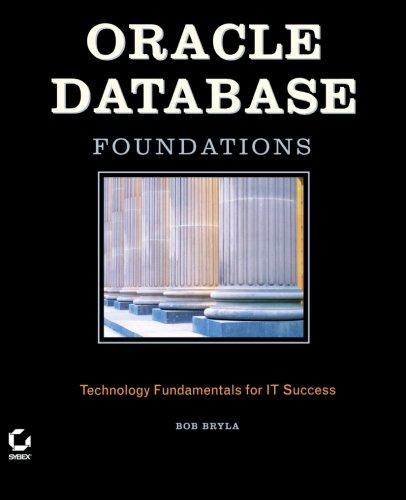Answered step by step
Verified Expert Solution
Question
1 Approved Answer
Here are the pieces of information I want you to locate. You need to edit the places where ` ` is shown below. (leave the
Here are the pieces of information I want you to locate. You need to edit the places where `` is shown below. (leave the angle brackets in place,they are used in grading):
From our World of Processors ============================ One last piece of the puzzle. I would like to see if you can figure out how fast a signal moves between transistors in a typical Pentium processor. To figure that out, we need to figure out how far apart they are. We will keep this simple. We will look at numbers for the Intel Haswell line of processors. Unfortunately, most manufacturers use the metric system to report how big (or small) things are, so all of the numbers in this section will be in meters (or smaller). Dig out data for the Haswell Processor. Specifically, use this version: * Intel i7-7700, 7th Generation Pentium chip * Manufacturing Process = nm * Transistor Count = transistors * Die Size: mm^2 Lookup this information on the chip: * Number of cores = * Number of threads = * Maximum (turbo) clock frequency = GHz. * Maximum memory = GB. Assuming that the chip is square, and that there are, say, 1,400,000,000 transistors on the chip, we can take the square root of 1.4 billion to see how many transistors must be on each side of the square. If the actual chip has a surface area of 264 square millimeters, figure out how long each side is, and using your numbers from above, figure out how long it takes for an electronic signal to move the distance between two adjacent transistors. (Be sure to check the equation you used to figure this out. Many students mess this one up!) * Distance between transistors = nanometers. As a check (ballpark, at least), see if your calculations match the manufacturer's current technology. They report their ability to squeeze transistors together in nanometers. Are your numbers close? .. note:: Remember that there must be room for all the "wires", actually called traces, needed to move signals from one place to another. So, it might seem like there is plenty of room left for that, in actual fact, we are reaching the limits on how small we can manufacture things. That is, unless we come up with a new technology! Finally, calculate the time it will take for an electron to move between two adjacent transistors. * Time to move electrons between adjacent transistors = picoseconds. Counting up *********** As a last bit of trivia, lets see how big a 64-bit integer really is. The current Pentium processor uses 64-bit "registers". Assuming your processor is ticking away at a rate of 2.7 GHz, how long will it take to reach the biggest number the register can hold (Hint: the biggest number is 2^64 - 1): * Time until the register hit the maximum value = years References ********** Remember to include documentation on your sources.
Step by Step Solution
There are 3 Steps involved in it
Step: 1

Get Instant Access to Expert-Tailored Solutions
See step-by-step solutions with expert insights and AI powered tools for academic success
Step: 2

Step: 3

Ace Your Homework with AI
Get the answers you need in no time with our AI-driven, step-by-step assistance
Get Started


